It is argued in the cognitive behavioural literature that behavioural change is the most powerful means of generating cognitive change, of changing our minds and our perceptions. Behavioural experiments are used to test specific predictions to facilitate cognitive change, exploring a feared or difficult situation in real life, aiming to test beliefs and predictions to see what actually happens and contrast this to fear based predictions.
For example, an individual may have an upcoming Board presentation with some of the following predictions:
I will be unclear, babble, sweat, and blush and look odd
I will go red, go blank and everyone will notice, I won’t know my stuff
They will see that I am anxious and I will look a fool, they will catch me out on my knowledge
They will see me as inadequate and I’ll fail
The cognitive behavioural literature encourages us to look for safety behaviours that an individual might be tempted to use to cope with the Board presentation. Safety behaviours are things we do that are designed to keep us safe, behaviours that seek to prevent feared outcomes and unfortunately significantly limit learning.
For example, safety behaviours in this situation might include:
Avoiding the Board presentation and getting out of it, passing the responsibility to someone else
Over preparing, being over inclusive, over running on timings and not meeting the brief
Reading from the slides or notes only rather than engaging the Board
Poor eye contact with the Board members and a rushed style of presentation, just getting through quickly
Unchecked, there is a risk that an individual will blindly conclude that the safety behaviours were what made the difference and were what prevented a disastrous outcome. They might wrongly conclude that over-preparation, for example, got them through this threatening situation. The safety behaviours limit learning and provide little or no opportunity to disconfirm the original fear based predictions.
Behavioural experiments allow individuals to gather information that either reinforces the original prediction or challenges it. We ask in advance:
What is the evidence that the prediction will come true?
What is the evidence that it won’t and that some other outcome will occur?
Belief ratings for each scenario (out of 10)
Flesh out and make explicit the opposing possible outcomes
Which safety behaviours are we going to drop in the experiment?
Establish in advance, what outcomes would confirm or disconfirm the opposing predictions?
Behavioural experiments offer us a scientific method to approach behaviour change. We ask what safety behaviours individuals use, how they might be limiting performance and how we might drop them for more helpful behaviours, no matter how subtle.



